
As one of South America’s most popular tourist destinations, Rio de Janeiro is full of exciting attractions and events – the majority of which are wheelchair accessible. You’ll have the opportunity to take in Rio’s beauty from the top of Sugarloaf Mountain, explore Brazilian art in the Rio Art Museum, eat street food all across the city and roll along Copacabana Beach. The city’s most iconic attraction, the Christ the Redeemer Statue, is not directly accessible, but wheelchair users can get fairly close. Plan your itinerary with this list of wheelchair accessible attractions in Rio de Janeiro and enjoy exploring South America’s most marvelous city.
Sugarloaf Mountain Cable Car
Sugarloaf Mountain measures 1,299 feet tall and is part of the UNESCO World Heritage Site, “Rio de Janeiro: Carioca Landscapes Between the Mountain and the Sea.” The mountain is made of granite and quartz, and has become a popular tourist attraction for the amazing views it provides of the city below.
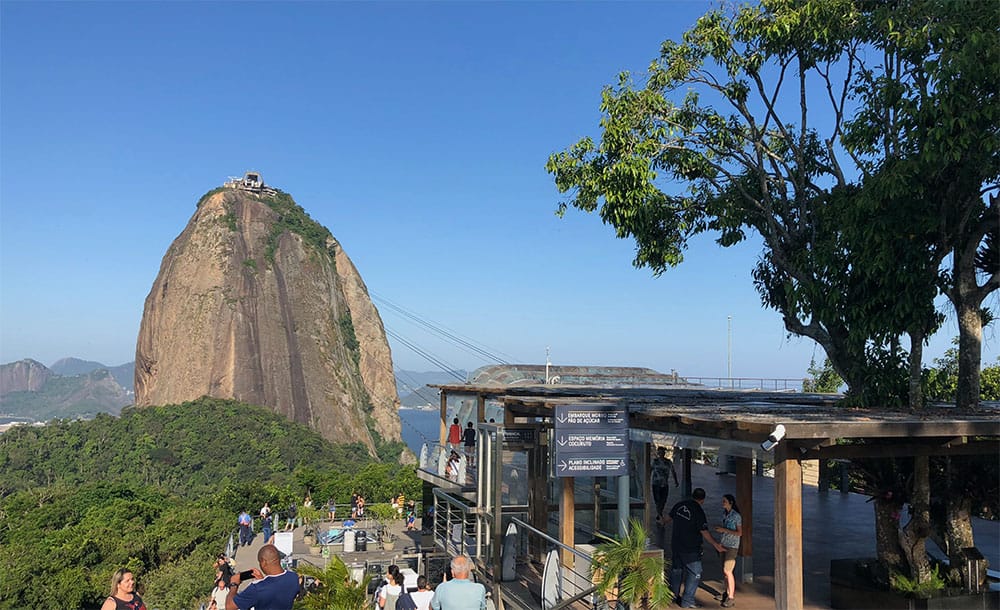
Two cable car lines transport visitors from a ground station to Urca Hill, then from Urca Hill to Sugarloaf Mountain. A ramp is used to bridge the gap between the station platform and gondola for wheelchair access. The cost of a round-trip cable car ticket is 116 BRL (~$27 USD) for adults and 58 BRL (~$14 USD) for people with disabilities.

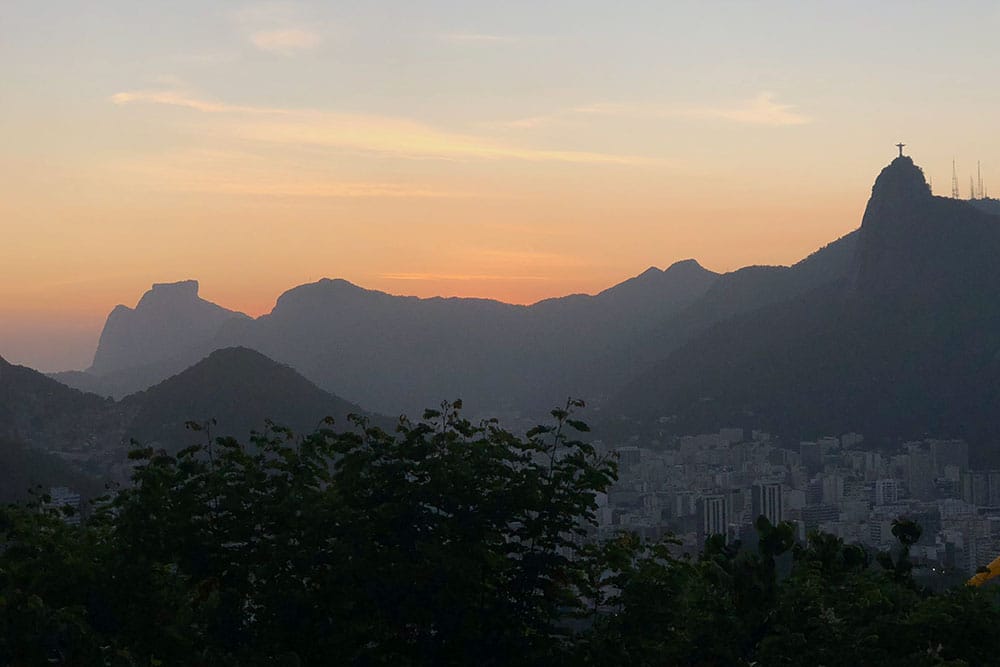
Urca Hill, the connection point between cable cars, is a great place to stop for a snack or meal. Before hopping on the second cable car, I ordered a cheeseburger and drank Brazil’s national cocktail, Caipirinha, made with a sugar cane-based liquor known as cachaça.
The peak of Sugarloaf Mountain is accessible, with wheelchair ramps and elevators leading to the various viewpoints. Stunning vistas await, like the view towards the Atlantic Ocean, over Copacabana Beach, and up to the Christ the Redeemer statue on Mount Corcovado.
For more information, visit the cable car website at www.bondinho.com.br.
Copacabana Beach
Copacabana Beach is one of the most famous beaches in the world and attracts millions of tourists each year. The beach is 2.5 miles long and is lined by a promenade with restaurants, bars and souvenir hawkers.
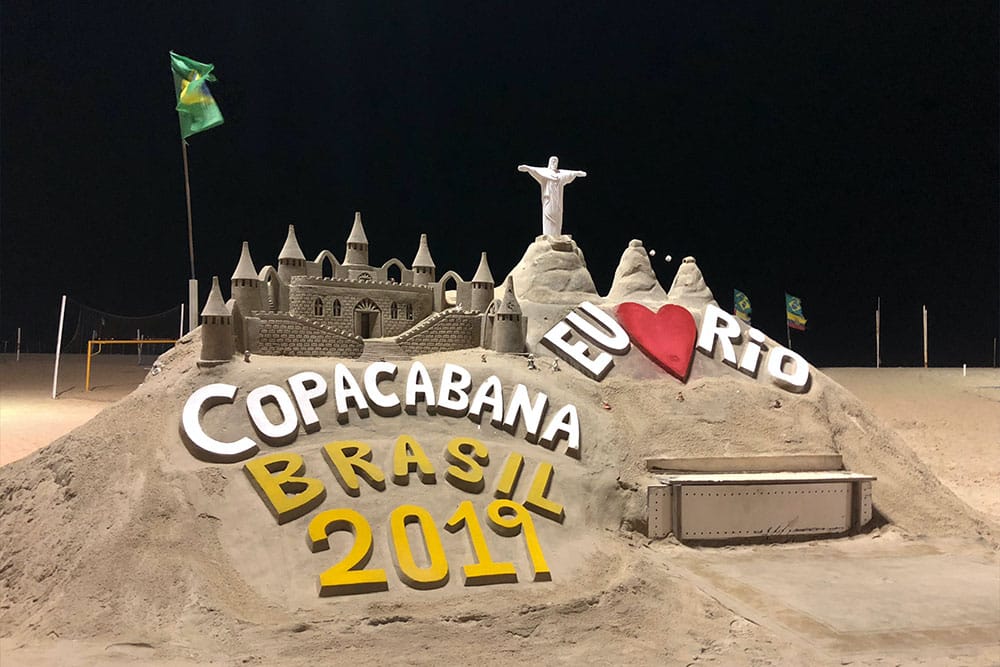
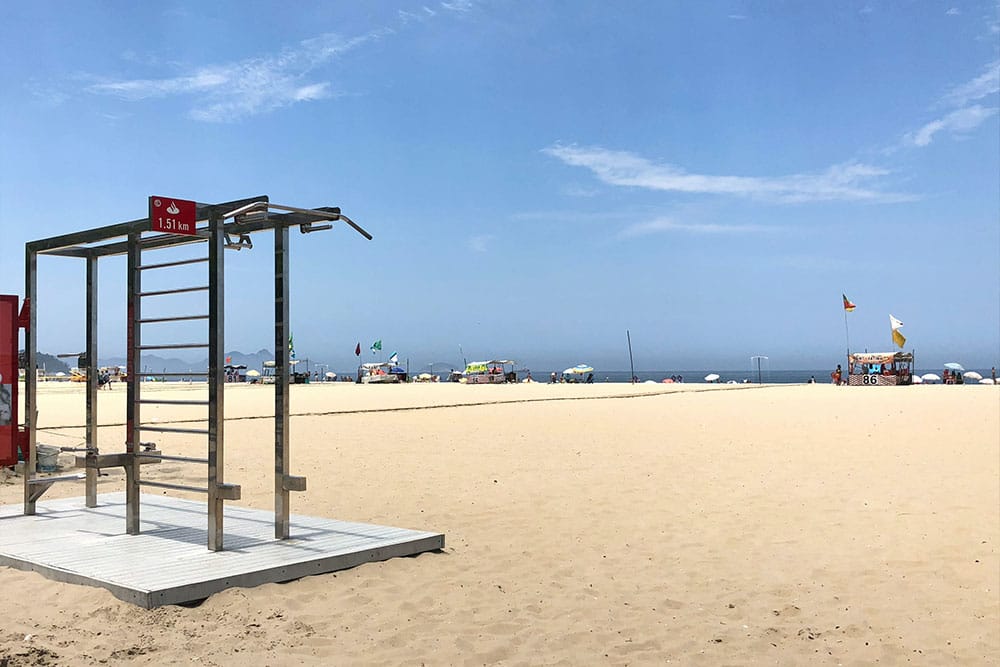
Numerous sources report that beach wheelchairs are available at Copacabana without charge, but I was unable to locate any. If you can provide any information, please share it in the comments below. There are no beach access mats at Copacabana.
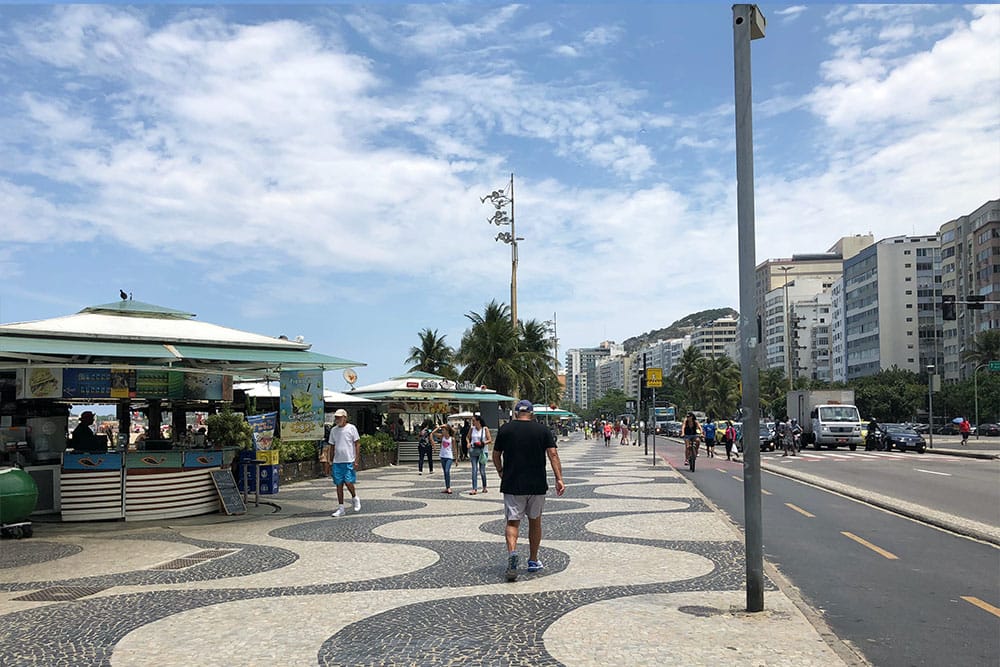
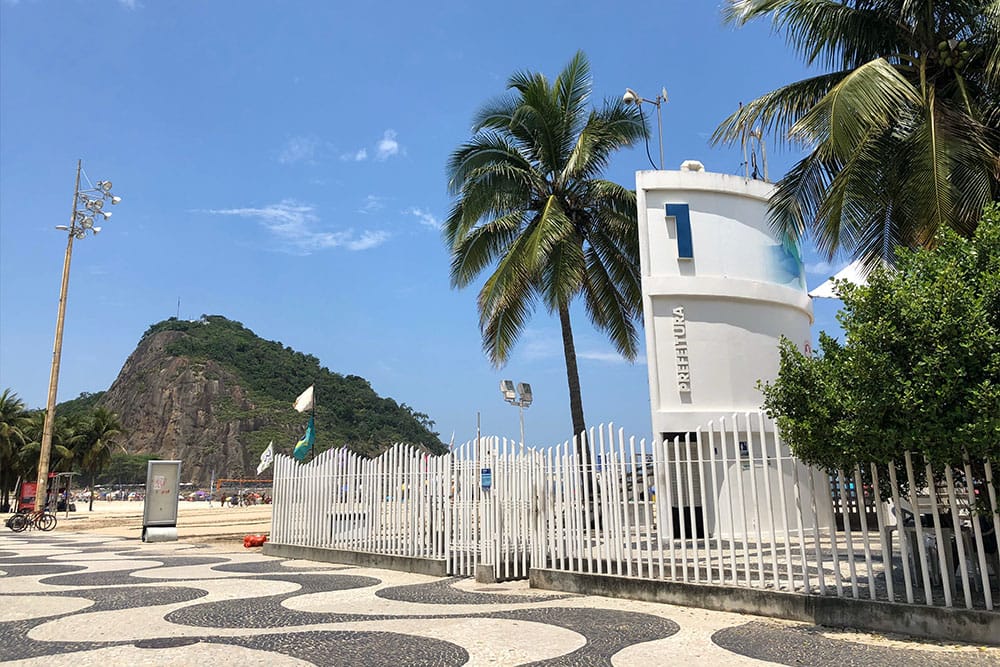
The stone promenade that runs between the beach and Avenida Atlantico is bumpy, but a bike path paved with asphalt is much smoother. Six lifeguard watchtowers are spaced across Copacabana Beach, and each have a wheelchair accessible toilet. Wheelchair users are permitted to use the toilets for free, but the normal charge is 1 BRL (~$0.25 USD).
Museum of Tomorrow
The Museum of Tomorrow was opened in 2015, ahead of the 2016 Olympics. It focuses on ecological science and the development of a sustainable future.
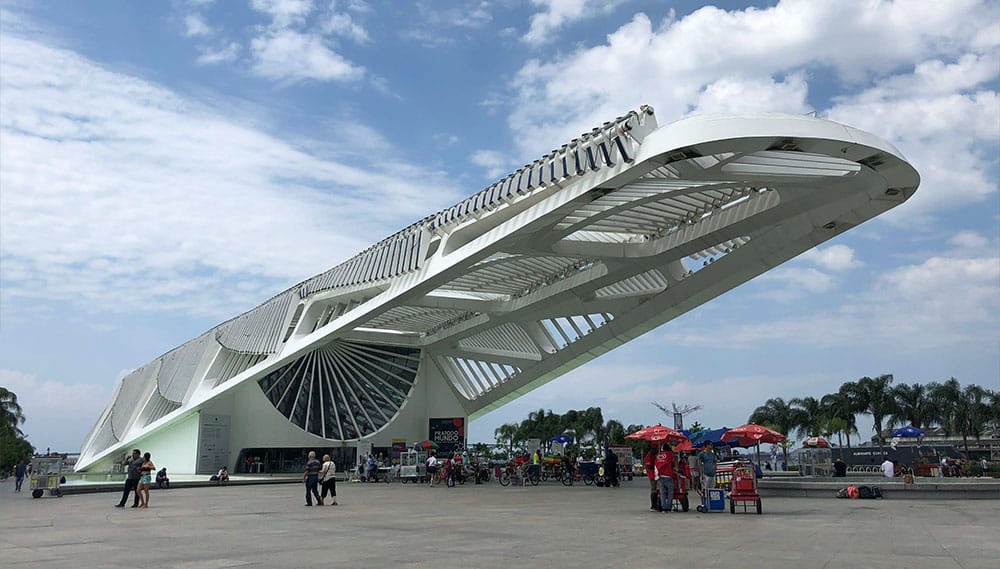
The primary exhibition focuses on five main themes: Cosmos, Earth, Anthropocene, Tomorrow and Us. Many of the exhibits are interactive with English translations. At the tour’s conclusion, visitors can look out over the waterfront through floor-to-ceiling windows.
The cost of admission is 20 BRL (~$5 USD) for adults and 10 BRL (~$2.50 USD) for seniors (ages 60+) and people with disabilities. Companions of disabled people are admitted without charge. For more information, visit the museum website at www.museudoamanha.org.br.
MAR – Rio Art Museum
Opened in 2013, the Rio Art Museum or MAR is Rio de Janeiro’s newest art museum, located on the same square as the Museum of Tomorrow.

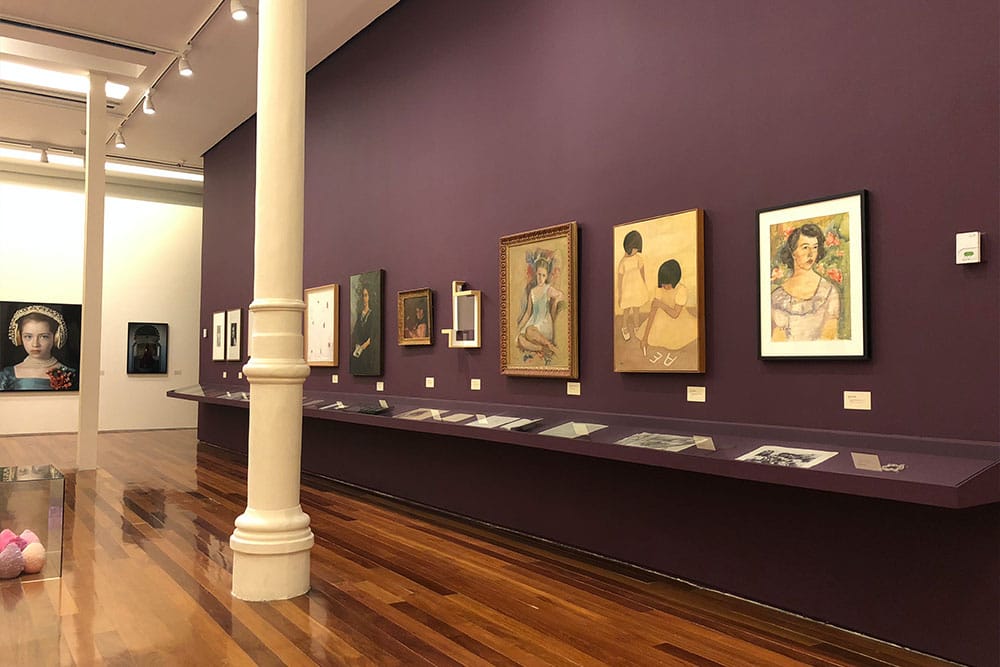
The MAR presents a rotating series of temporary exhibitions, with each visit offering something different than the last. During my visit, much more modern art was on display, but there were also pieces from as early as the Baroque period.
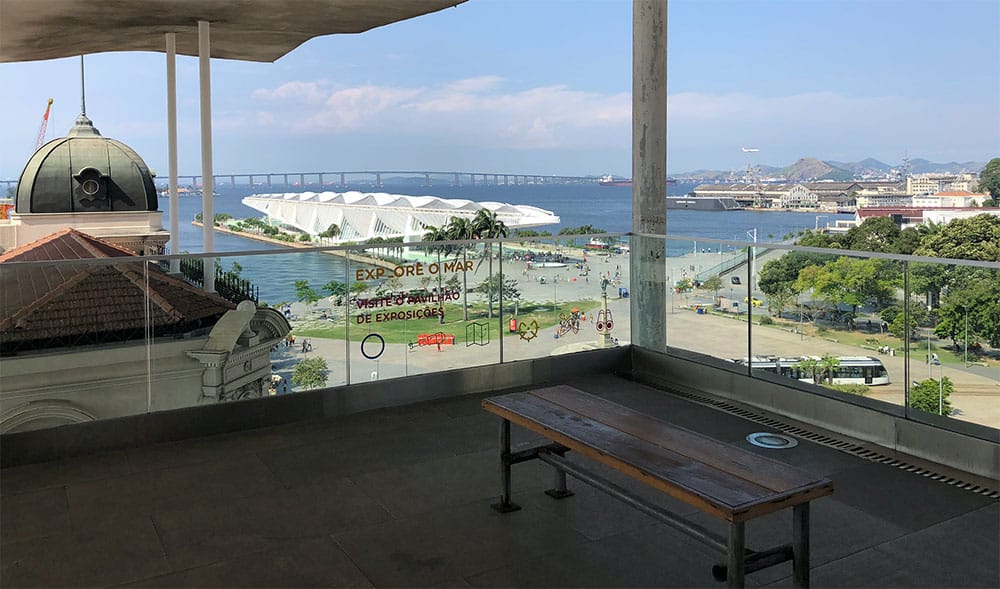
I hate to say, but the most popular aspect of the museum is its rooftop terrace, which offers a striking view out across the square, towards the Museum of Tomorrow and to the water.
AquaRio Marine Aquarium
AquaRio was opened in 2016 and is the largest aquarium in South America. It is home to more than 8,000 animals comprising some 350 species. Its 28 tanks hold nearly 1.2 million gallons of water.
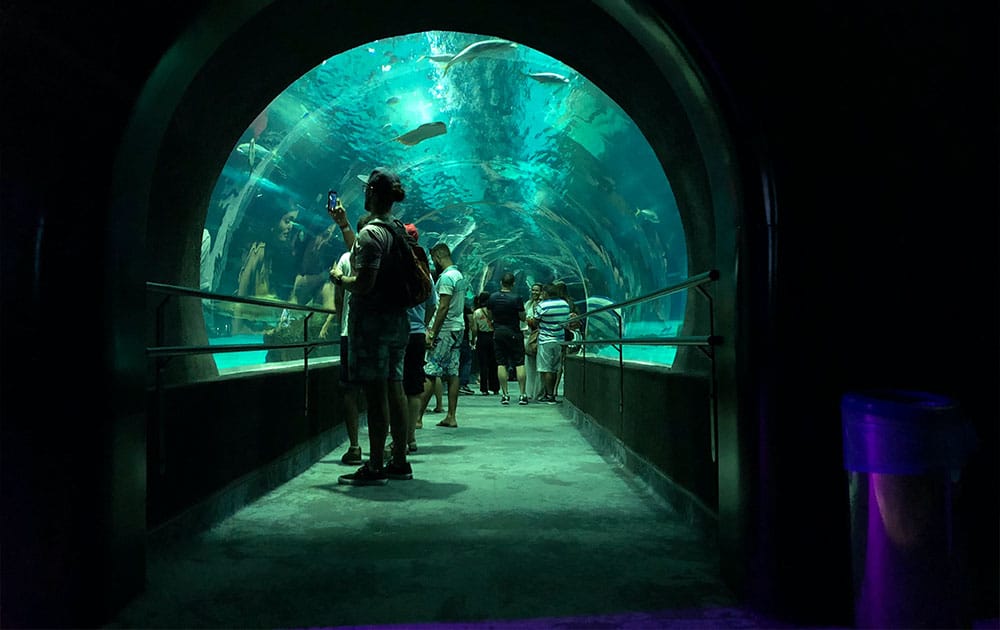
A glass tunnel going through the aquarium’s largest tank provides visitors with a close-up view of sharks, stingrays and many species of fish. The museum is wheelchair accessible with ramps and elevators.
The cost of admission is 120 BRL (~$28 USD) for adults and 60 BRL (~$14 USD) for people with disabilities. For more information, visit the aquarium website at www.aquariomarinhodorio.com.br.
Municipal Theater of Rio de Janeiro
Located on Cinelândia Square in the city’s central district, the Municipal Theater of Rio de Janeiro is an opera house that opened in 1909. Its architectural design is inspired by the Opera Garnier in Paris, France and it has a seating capacity of 2,244 persons.
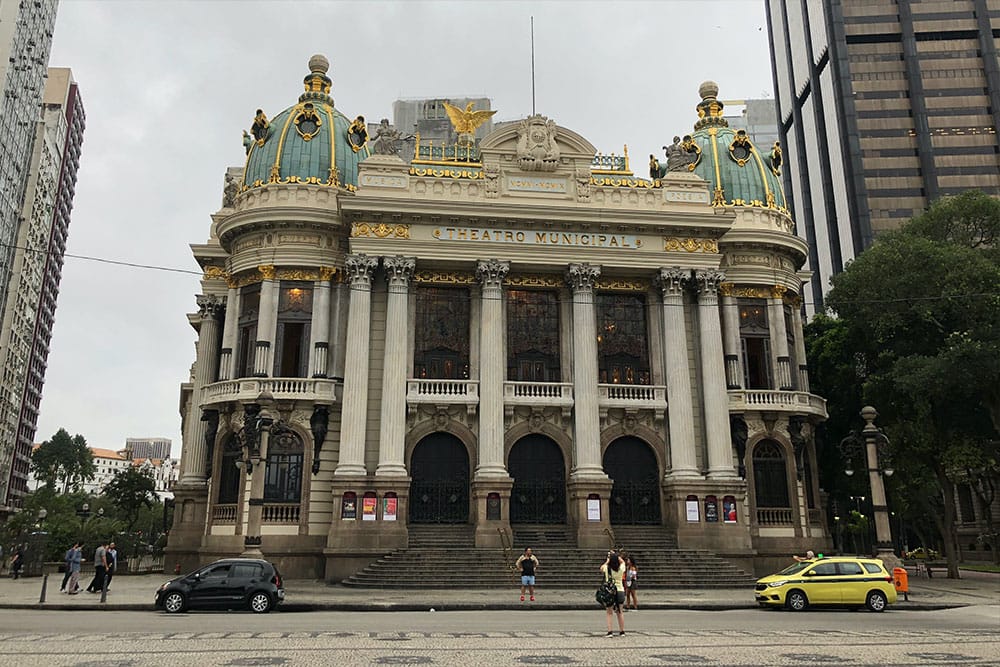
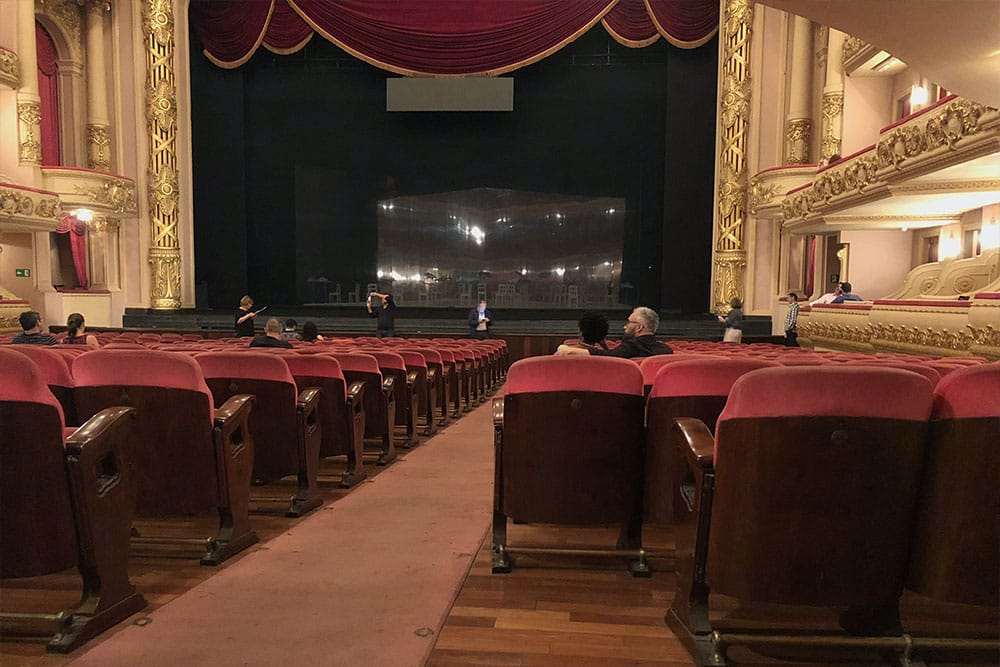
During my trip to Rio de Janeiro, I intended to go on a tour of the theater, but purchased a ticket to a performance of the opera Orphée instead. Disabled people receive tickets for half price, and my ticket to Orphée was 50 BRL (~$12 USD).
The ticket office is located to the left of the building, and is accessible via a ramp. Entry to the performance auditorium is via the right side of the building. An elevator goes to the main hall, and the orchestra section is accessible, with one wheelchair space on either side in the last row. The balcony levels are not accessible. An accessible toilet stall is provided in the male and female bathrooms.
For more information and to review the performance calendar, visit the theater website at www.theatromunicipal.rj.gov.br.
Metropolitan Cathedral of St. Sebastian
The Metropolitan Cathedral of Saint Sebastian, named for the patron saint of Rio de Janeiro, is a Roman Catholic cathedral and the seat of Archbishop Orani João Tempesta. Completed in 1979, its modernist architecture and conical shape was inspired by the Mayan pyramids.
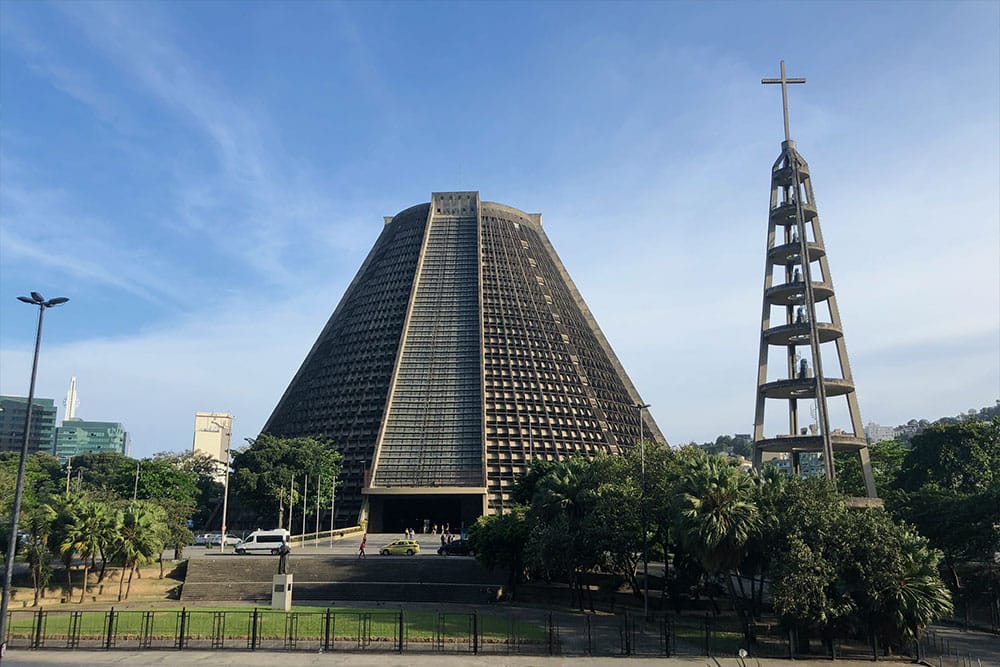
Measuring 246 feet tall, with an internal diameter of 315 feet, the cathedral seats 5,000, with a standing room capacity of approximately 20,000. As someone who is fascinated by Catholic architecture, this cathedral is one of the most peculiar (and beautiful) churches I have seen.
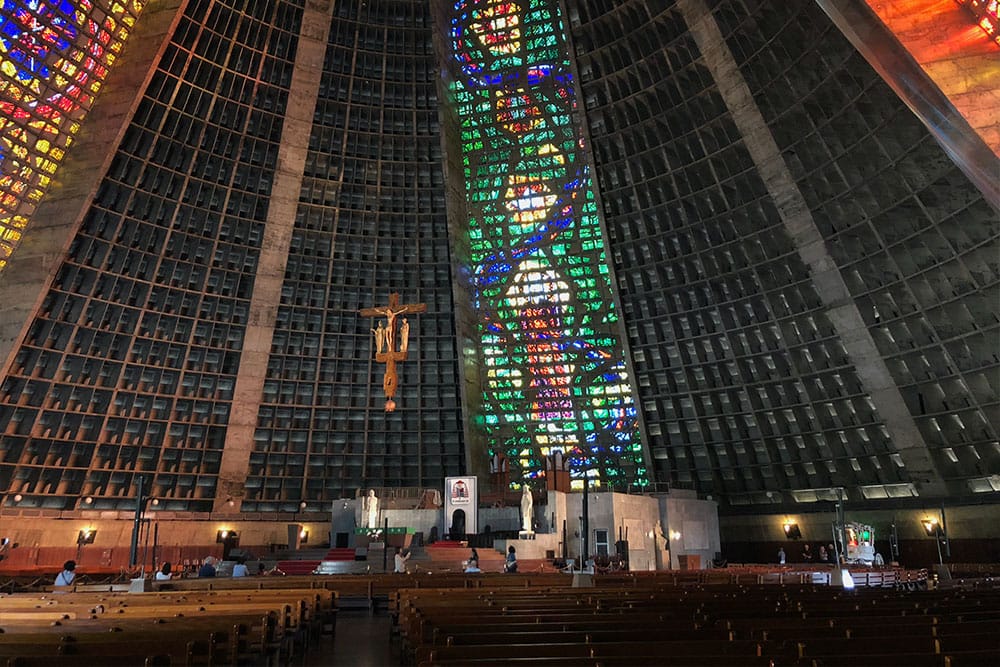

Four 210-feet-long stained glass windows rise from the floor to the top of the cone, connecting with a cross at the apex.The cross allows in more light, and is truly a spectacle to behold. For more information, visit the cathedral website at www.catedral.com.br.
Carioca Aqueduct
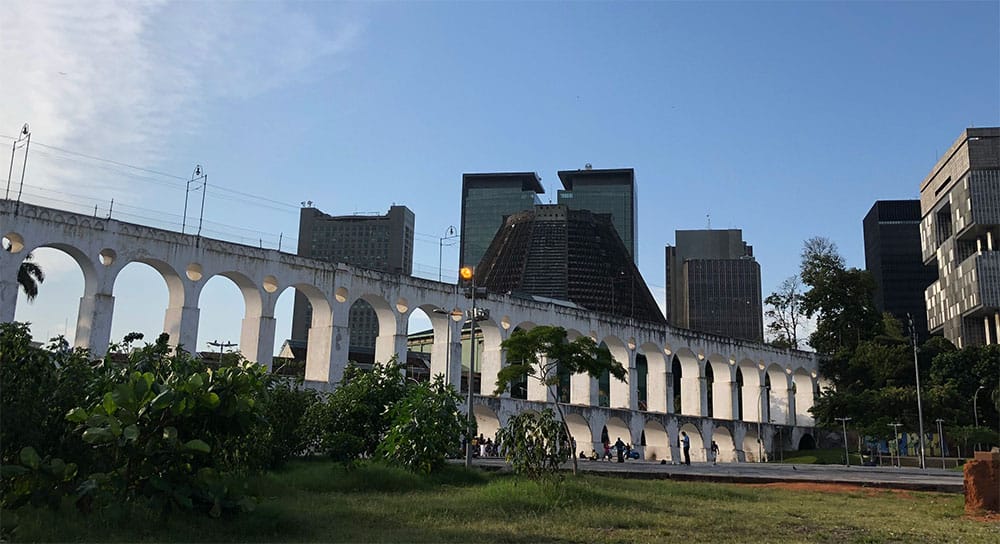
The Carioca Aqueduct was constructed in the 18th century to transport water from the Carioca River into the city. The historic Santa Teresa Tramway runs across the top of the aqueduct, but it is not wheelchair accessible. The aqueduct is an important fixture in Rio’s skyline, and is a popular place to photograph.
Escadaria Selarón (Selarón Steps)
The Selarón Steps are the work of Chilean-born artist Jorge Selarón, who lived near the steps and decided to rehabilitate them with colorful tiles.
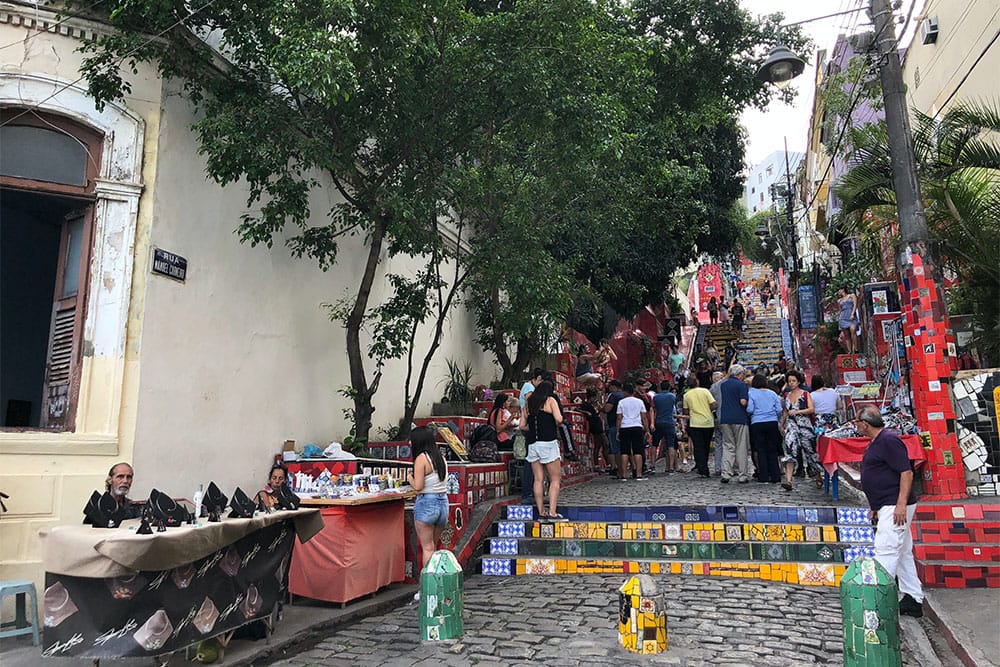
The steps have become a major tourist attraction, but they may not be so attractive to wheelchair users. There are a number of vendors selling food and souvenirs at the foot of the steps, but the long staircase itself is of course not wheelchair accessible. The large crowds prevented me from capturing any compelling photos, but my trek to the steps was not far out of the way.
National History Museum
The National History Museum in Rio de Janeiro opened in 1922 and is located inside the 17th century St. James of Mercy Fort. The museum houses a wide variety of artifacts, and traces the nation’s history from the indigenous peoples, through the Portuguese “discovery,” independence and up to the present day.
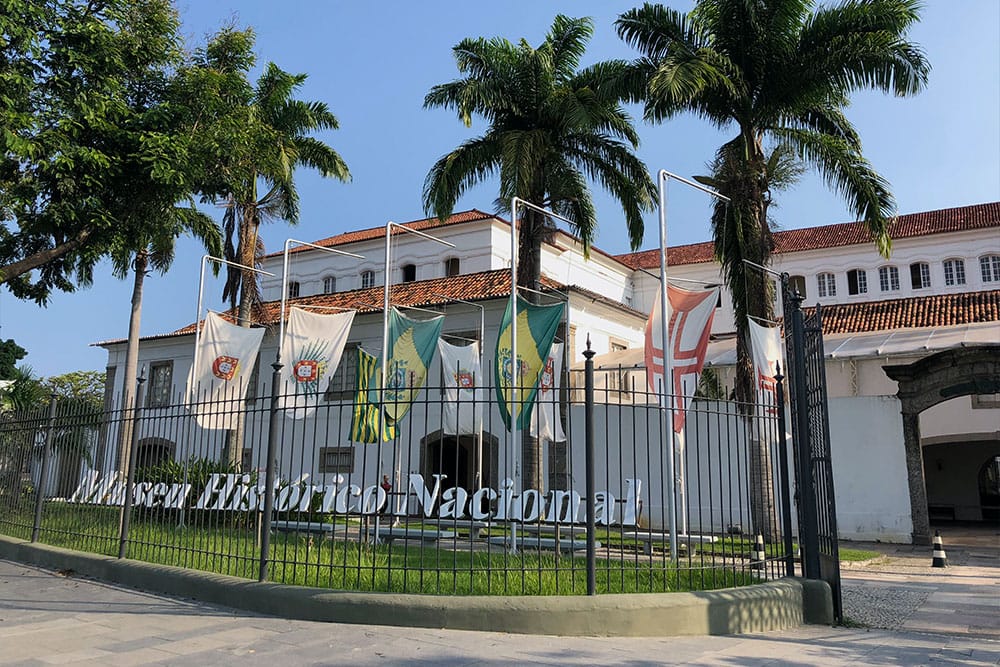
The museum has been made wheelchair accessible with ramps, lifts and elevators. Of particular interest to me were the galleries focused on Portuguese colonial rule, the stage coach gallery with full-size carriages, and a special exhibition tracing the history of Brazil’s former airline, Panair do Brasil.
The cost of admission is 10 BRL (~$2.50 USD) for adults, and 5 BRL (~$1.25 USD) for people with disabilities.
Street Food
I’m not a food blogger, but the street food scene in Rio de Janeiro is so wonderful, I have to mention it. For a list of what is typically on offer from street vendors, check out this article from Culture Trip.
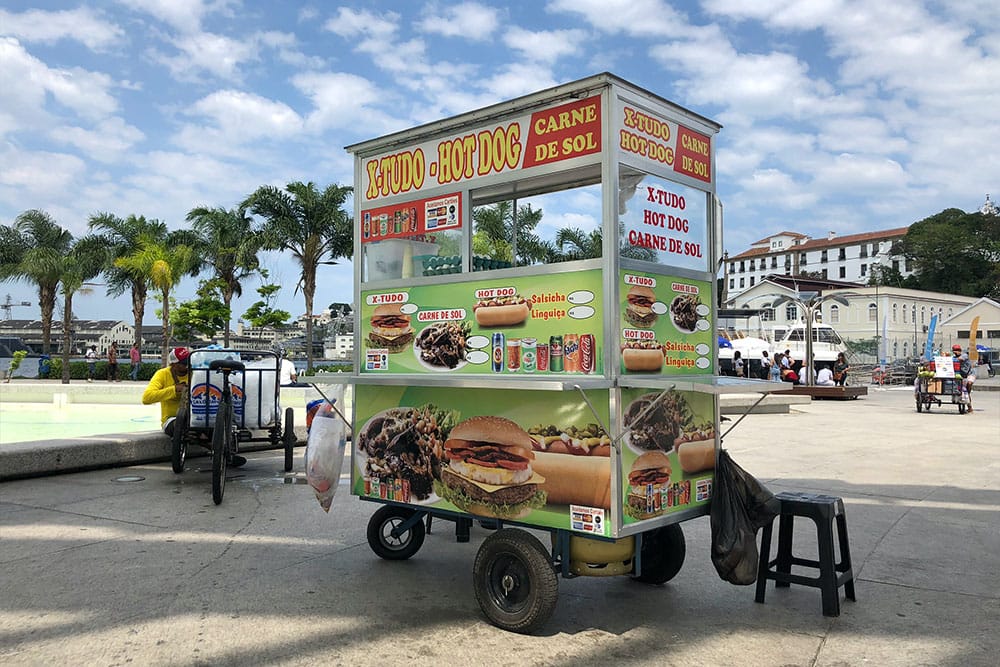
Street food is such a part of the way of life in Rio de Janeiro, it’s difficult to travel more than a block or two without locating a vendor. I especially enjoyed the linguica (a sausage), which is topped with corn, peas, onions, quail’s eggs, potatoes and more. These sausages are served on a bun and in a bag, because the toppings are overflowing. It’s delicious and, best of all, the cost of the meal is only about $2 USD.
Christ the Redeemer Statue
The most iconic image associated with Rio de Janeiro is the statue of Christ the Redeemer which graces the top of Corcovado Mountain. Unfortunately, due to the presence of an escalator, reaching the base of the statue is not possible in a large power wheelchair like mine.
I chose not to make the journey to see the statue up close, but my friend Melanie of Little Miss Turtle did, because she travels with a manual wheelchair. You can learn about her journey to see Cristo Redentor on her website at www.littlemissturtle.com.



